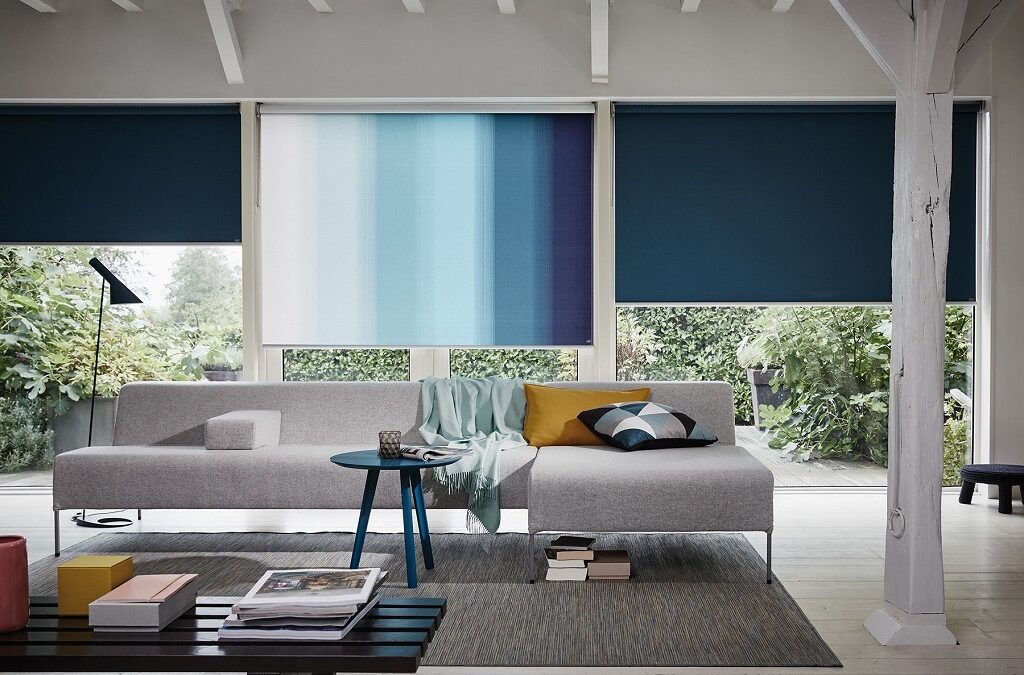In the quest to improve our homes, we often overlook the humble window blinds, seeing them merely as an accessory to control light and maintain privacy. But did you know blinds can dramatically affect your home’s energy efficiency? Are you aware of the potential savings on your utility bills that proper use of blinds can bring? Did you realize they could even impact your home’s carbon footprint? As we continue to seek ways to live sustainably, paying attention to the quiet power behind our window dressings becomes indispensable. This piece aims to delve into the subject of blinds and energy efficiency, helping you understand this relationship and how to harness it in your home improvement projects.
The Blinds – Energy Efficiency Connection: What’s The Link?
So how exactly do blinds impact energy efficiency? It might seem obscure at first, but the connection lies in the physics of light and heat. Blinds control the amount of sunlight entering our home, and sunlight, as we know, carries heat. By regulating this influx, you can save on air conditioning during summer and heating during winter. Hence, blinds act as a thermal barrier, significantly improving your home’s energy conservation efforts. Moreover, with adequate positioning and use, you can optimize natural light without overheating spaces, cutting down on the need for artificial lighting.
It’s A Material World: How the Right Blind Material Can Boost Efficiency
While the concept of blinds enhancing energy efficiency is universal, the effectiveness remarkably varies with different types of blind materials. Materials like aluminum and faux wood with reflective surfaces are great for bouncing off sunlight, thereby reducing heat gain. Conversely, honeycomb blinds (also known as cellular shades) are excellent insulators, trapping air within their unique honeycomb design to form an insulating layer against the window. Each material has its strengths concerning energy efficiency so choose according to your predominant climate.
Automated Vs. Manual: The Blind Operation Debate
With the advent of technology in interior design, automated blinds are increasingly trumping manual ones in energy efficiency. Why? Because they can track the movement of the sun, adjusting themselves accordingly to maintain the desired indoor temperature and light levels. No more forgetting to lower your blinds on a scorching summer day! However, it’s important to note that while automated blinds yield higher energy-saving benefits, they come with a steeper price.
Blinds Beyond Windows: Other Applications
Want to boost your home’s energy efficiency further with blinds? Think beyond windows. Consider integrating them into your sunrooms, or patio doors, which tend to cause maximum heat gain. Blinds fitted on skylights or glassed roofs also provide excellent heat and light control, contributing extensively to energy conservation.
The Dark Side: Cons of Blinds
Despite their benefits, blinds can also raise some challenges. Regular maintenance, intricate installation processes, and potential damage from pets or children can take a dent on your resources. Remember, while blinds may boost your home’s energy efficiency, their lifespan and durability largely depend on usage and maintenance habits.
Eco-friendly Blinds: A Step Towards Sustainable Living
As an added bonus, many blind materials like bamboo, organic cotton, and recycled PVC are sustainable, contributing to your home’s green living habits. Coupled with their energy-saving capabilities, such eco-blinds truly stand as a testament to conscious consumerism in home improvement.
Conclusion
So, are blinds the secret ingredient for a more energy-efficient home? Absolutely. With thoughtful material selection, proper usage, and maintenance, they could very well be the unsung heroes of home efficiency. As we navigate through an era of ever-rising utility bills and environmental consciousness, blinds emerge as legitimate game-changers, putting both comfort and conservation within our grasp. Consider them in your next home design project, because the ‘blinds’ spot in our green living efforts needs to be illuminated!


